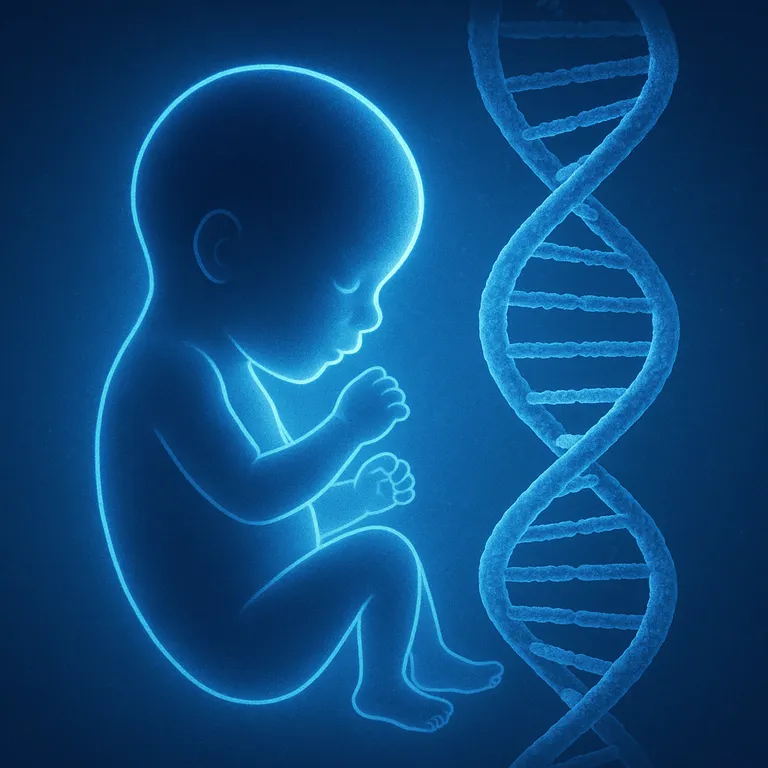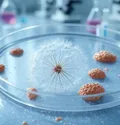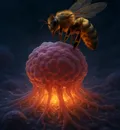A revolutionary fertility technique gives new hope to families facing devastating genetic conditions.
For the first time, doctors in the UK have confirmed the birth of eight babies conceived using DNA from three different people—a groundbreaking step in the fight against incurable mitochondrial diseases.
This pioneering method, known as mitochondrial donation treatment (MDT), combines:
- The egg of the biological mother (carrying faulty mitochondria)
- The sperm of the biological father
- A donor egg from another woman—but only its healthy mitochondria are used
The result? Babies born free from deadly mitochondrial disorders that are inherited solely through the mother’s line.
🧪 What Are Mitochondrial Diseases?
Mitochondria are the energy-producing powerhouses of our cells. When they malfunction, it can cause:
- Muscle weakness
- Seizures
- Organ failure
- And in many cases, early death
These conditions affect around 1 in 6,500 children worldwide and currently have no cure. The new technique offers a way to break the genetic cycle.
“This is a scientific milestone and a deeply personal hope for affected families,” said one UK fertility specialist involved in the program.
🧬 How It Works: The ‘Three-Parent Baby’ Explained
This isn’t cloning or genetic modification. The baby:
- Inherits 99.8% of DNA from their biological parents
- And 0.2% from the mitochondrial donor
The donor DNA is only used to replace damaged mitochondria—not to alter appearance, intelligence, or personality.
🔁 The process is called mitochondrial replacement therapy (MRT) and it’s been legal in the UK since 2015, after years of ethical debate and regulation.
🌍 Ethical and Global Impact
The births mark a major success for UK science, but not all countries allow this procedure. It raises questions like:
- Will this be offered widely?
- Could it lead to future genetic enhancement?
- How will children born this way feel about their identity?
For now, the families are celebrating one thing: life without inherited suffering.
📈 What This Means for the Future
This breakthrough opens new doors for:
- Preventing genetic disease
- Offering safer fertility treatments
- Empowering families with inherited health risks
Researchers are cautiously optimistic as they monitor the children’s long-term health.
“Science gave us a chance to have a healthy child. That’s all we ever wanted,” said one mother anonymously.
By ✍️ Yorlinda Ramìrez- MicuPost Team
Sources:



